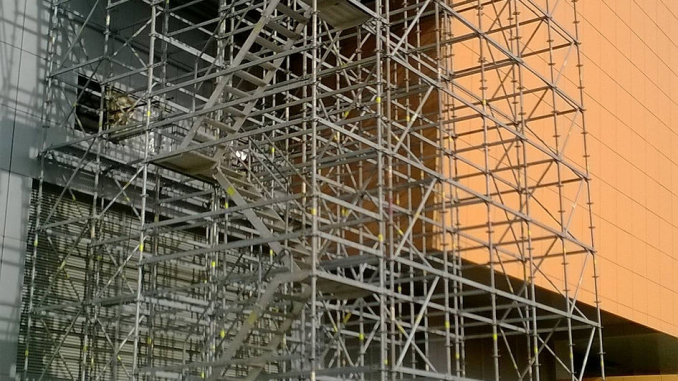
Managing a scaffolding rental timeline effectively is important for the success of any construction or renovation project. Proper planning ensures that scaffolding is available when needed, reducing downtime and keeping the project on schedule. Below are some essential tips for managing your scaffolding rental timeline efficiently.
Assess project’s requirements thoroughly:
Before renting scaffolding, take the time to assess your project’s requirements thoroughly. Consider factors such as the type of work being done, the height of the building, and the specific scaffolding type needed (e.g., frame, modular, or suspended). This initial assessment helps you determine how long you’ll need the scaffolding and what equipment will best suit your project. Engaging with your team to identify these needs early will set a solid foundation for your rental timeline.
Plan ahead:
Once you have a clear understanding of your scaffolding needs, plan your rental well in advance. Many scaffolding suppliers have busy schedules, particularly during peak construction seasons. By booking your rental early, you can secure the equipment you need and avoid delays caused by equipment unavailability. A good rule of thumb is to schedule your rental at least a few weeks before you anticipate needing the scaffolding on-site.
Coordinate with your contractors:
Effective communication with your contractors is essential for managing your scaffolding rental timeline. Share your schedule and discuss when they will need the scaffolding for various tasks. Regular check-ins will help ensure that everyone is aligned and that any changes to the project timeline are communicated quickly. If there are delays or adjustments to the schedule, inform your scaffolding rental company as soon as possible to avoid any additional charges or complications.
Create a detailed schedule:
Develop a detailed schedule outlining when you’ll need the scaffolding, how long it will remain on-site, and when it will be returned. Include key milestones in your project timeline, such as key tasks that require scaffolding access. A well-organized schedule helps you keep track of your rental timeline and also assists in coordinating with contractors and other suppliers.
Allow for flexibility:
While it’s important to have a structured timeline, construction projects can often encounter unexpected delays or changes. Allowing for flexibility in your scaffolding rental timeline can help you adapt to these changes without significant disruptions. Discuss extensions or early returns with your rental provider, and ensure to understand their policies regarding modifications to rental agreements.